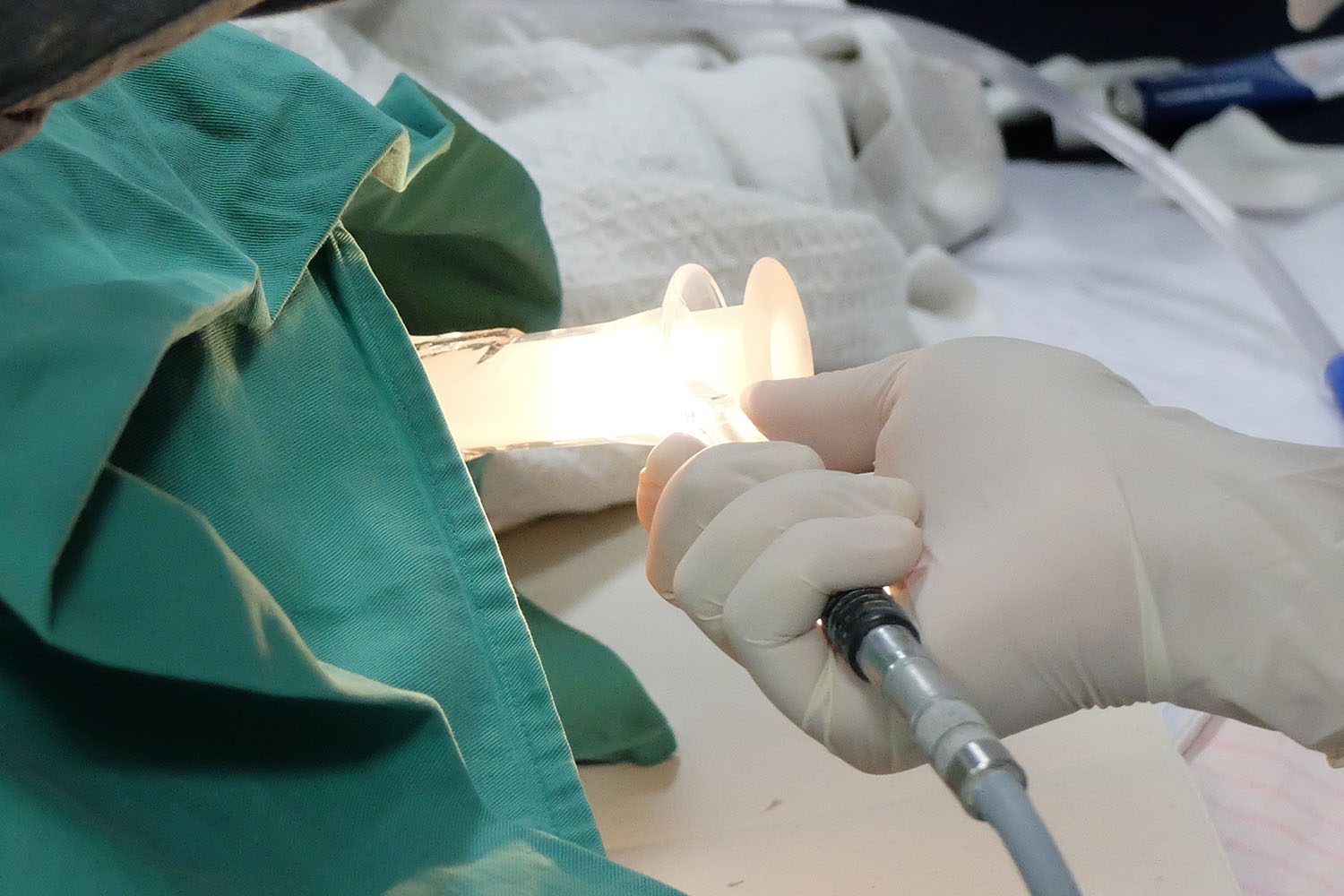Overview
Proctoscopy is a medical procedure essential for diagnosing and managing various conditions affecting the rectum and lower part of the colon. Despite its clinical significance, the term and its applications are often misunderstood or unknown to the general public. This blog aims to demystify proctoscopy, delving into its full form, recent research, and intriguing facts that underscore its importance in modern medicine.
What is Proctoscopy?
Proctoscopy, sometimes referred to as rectoscopy, is derived from the Greek words “proktos” meaning anus or rectum, and “skopein” meaning to look or examine. Thus, proctoscopy literally means “the examination of the rectum.” It involves the use of a proctoscope, a hollow, tube-like instrument equipped with a light source, to inspect the interior walls of the rectum and the distal sigmoid colon. This procedure is minimally invasive and is typically performed in an outpatient setting.
The Procedure
During a proctoscopy, the patient is usually positioned in a way that allows easy access to the rectum, often lying on their side with knees drawn to the chest. The proctoscope is gently inserted into the rectum, allowing the physician to visually examine the mucosa for any abnormalities such as polyps, tumors, inflammation, or bleeding. The procedure is relatively quick, usually taking about 10 to 15 minutes, and discomfort is minimal due to the small size of the proctoscope.
Indications for Proctoscopy
Proctoscopy is indicated for various diagnostic and therapeutic purposes, including:
- Investigating symptoms such as rectal bleeding, pain, or discharge.
- Screening for colorectal cancer, particularly in individuals with a family history or those exhibiting warning signs.
- Monitoring inflammatory bowel diseases like ulcerative colitis and Crohn’s disease.
- Evaluating abnormal results from other screening tests such as fecal occult blood tests.
- Removing small polyps or taking biopsies for histopathological examination.
Recent Research and Advances
Recent research in the field of proctoscopy has focused on improving the accuracy and comfort of the procedure. Advances in imaging technology have led to the development of high-definition proctoscopes, providing clearer and more detailed views of the rectal mucosa. Additionally, research is exploring the use of artificial intelligence (AI) to assist in the detection of abnormalities, potentially increasing diagnostic accuracy and early detection rates of colorectal cancers.
Studies have also investigated patient experiences and methods to reduce discomfort during proctoscopy. Techniques such as the use of lubricants, sedation, and patient education have been shown to enhance patient comfort and compliance, making the procedure more acceptable and less intimidating.
Fascinating Facts About Proctoscopy
- Historical Roots: The concept of examining the rectum dates back to ancient Greece, where Hippocrates described using a speculum for rectal inspection. The modern proctoscope, however, was developed in the late 19th century.
- Vital Screening Tool: Proctoscopy plays a crucial role in the early detection of colorectal cancer, significantly improving survival rates when the disease is caught in its initial stages.
- Multi-functional Instrument: Beyond diagnosis, proctoscopes can be used therapeutically to perform minor surgical procedures such as polyp removal or the treatment of hemorrhoids.
- Non-invasive Options: While proctoscopy is invasive, non-invasive alternatives like fecal immunochemical tests (FIT) are available for initial screenings, with proctoscopy reserved for follow-up and detailed examination.
- Global Practices: The use of proctoscopy varies globally, with some countries incorporating it as a standard part of routine colorectal screenings, while others reserve it for symptomatic patients or those at higher risk.
Proctoscopy is a vital procedure in the realm of gastroenterology, providing essential insights into rectal and colorectal health. Through continuous research and technological advancements, the effectiveness and patient experience of proctoscopy continue to improve. Whether for diagnostic purposes or therapeutic interventions, proctoscopy remains a cornerstone in the early detection and management of colorectal diseases, underscoring its importance in modern medical practice.



